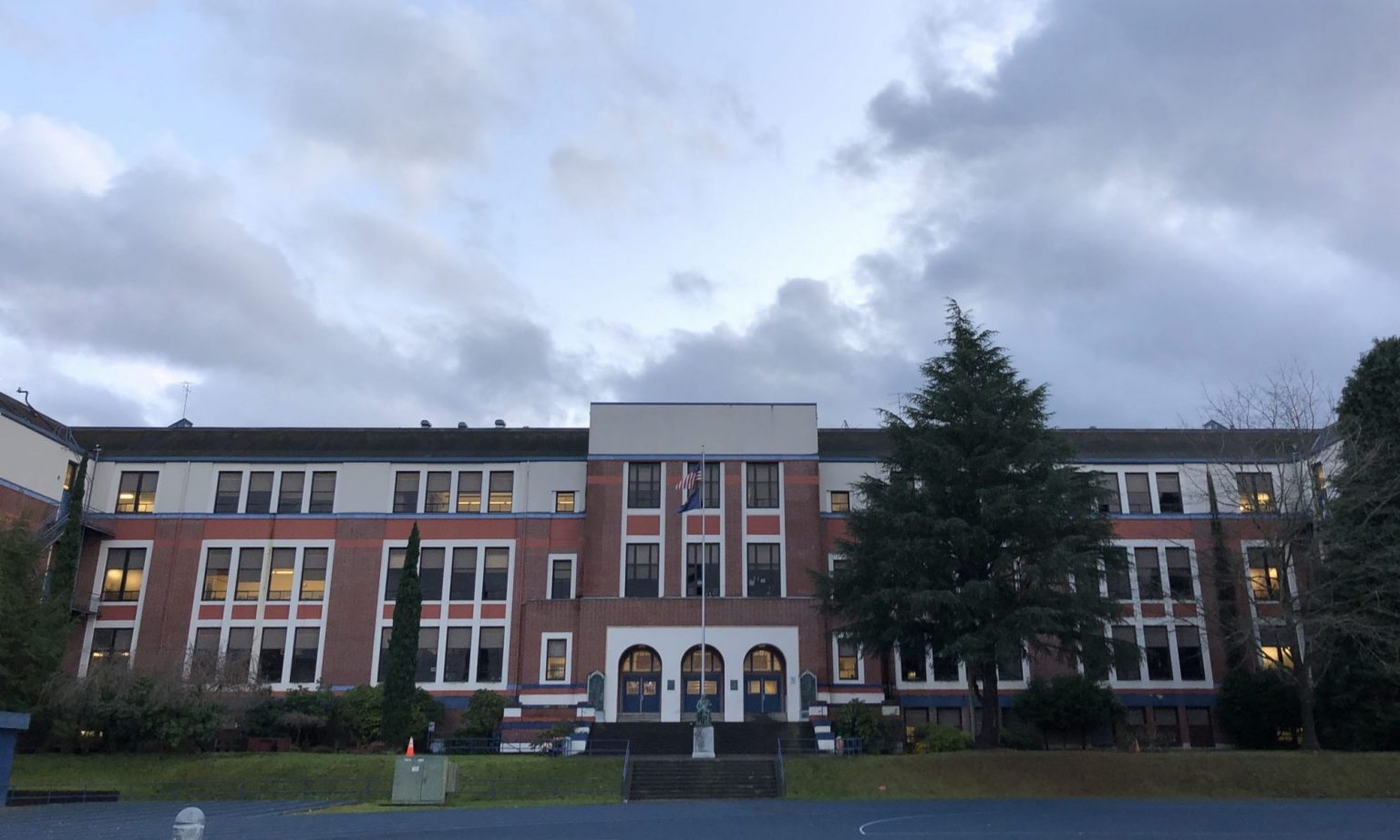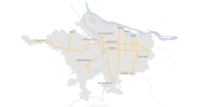Just weeks after favoring a streamlined bond proposal of no more than $600 million, the Portland Public Schools board reversed course to reconsider placing a $1-billion bond measure on the ballot that includes $320 million for a new Jefferson High School, one of the district’s most outdated high schools and Oregon’s high school most attended by black students. The board met virtually June 2 due to COVID-19 social distancing standards and amidst a national conversation on equality and race.
“We have an opportunity as a group to work toward getting a shovel in the ground and recognizing that vision this community has envisioned for 50 years,” says Michelle DePass, the only black member of the school board. “This is a defining moment for us as a district. This is such a great opportunity for us to lead. We can actually say we are going to help black kids and expect high things from black kids.”
Portland Public Schools is the largest school district in Oregon, serving nearly 50,000 students across 79 schools, including nine high schools. In May, the board removed new construction from its working bond proposal, then valued at $1.4 billion, out of economic concerns during the pandemic. The bond numbers for a November ballot would have ranged between $500 million and $600 million, including $150 million for health and safety upgrades such as HVAC and roof replacement and $200 million to finish work at Benson Polytechnic High School that wasn’t completed as part of a 2017 bond. Another option included an additional $75 million to design and plan for three new high schools but did not include construction funding.
But that all changed again. Amy Kohnstamm, board chair, says that while the board was nearly unanimous for a shorter-term bond in May, now was the right time to discuss Jefferson. The newest option now includes $40 million for design and planning of Cleveland and Wilson high schools and $320 million to rebuild Jefferson High School.
Portland-based Bora Architects completed a master plan in January on the Jefferson project, says Dan Jung, Portland Public Schools chief operations officer, and the project would need about two years of design and two to three years of construction.
Board member Andrew Scott, who supported the rebuild of Jefferson, says he’s concerned that locking the district into a $320-million cost now with only weeks until the bond filing paperwork is due on Aug. 14 might limit the board. “That number becomes the number,” he says, “and we have to figure out how to live in that number and we saw the issues that came up from the 2017 bond.” The 2017 bond did not complete all the work, such as Benson, that was promised to voters due to construction cost overruns.
DePass, though, says that it is “unequivocally time to support Jefferson in this way, unequivocally the time to make those investments in that part of town. People are ready for that project. I know unequivocally the community in and around northeast Portland wants to see this happen.”
A new Jefferson High School was included on a 2011 bond that failed by 900 votes, but not included in the 2012 bond that passed. Jefferson was again not included in the 2017 bond.
The six bond proposals discussed by the board included price tags ranging from $584 million to $1 billion. The district will work toward final choices to present to the public in July.
The $1-billion package, which the board will continue to consider as it narrows the range of options to receive public feedback on before making a final decision this summer, still includes the $150 million for health and safety, with $98 million of that for roof and mechanical repairs, $26 million for security upgrades and $15 million for seismic retrofits. The bond also features $161 million for educational improvements, including $127 million for technology. The program contingency is 10%.
Jefferson High School serves about 650 students, but upcoming residential projects in the area and Portland’s system of allowing some high school students freedom in school selection means the board anticipates a jump in enrollment if a new school is built. Master planning called for classroom space for 1,000 students, but common areas large enough to hold 1,700 with room to expand classrooms to match.
Susheela Jayapal, Multnomah County commissioner, was one of two people who spoke during the public comment portion, both in favor of a new Jefferson now. “A rebuilt Jefferson,” she says, “would be a concrete—literally and figuratively—investment in our black community. It is the right thing to do in this moment.”
Some concerns over the larger price tag during the pandemic may have been eased with the May bond approvals for the Centennial and Canby school districts, both east of Portland, and two Portland-area taxes.
“The thing to do is to think about moving forward,” DePass says, “and not putting up any roadblocks to the project.”






Post a comment to this article
Report Abusive Comment